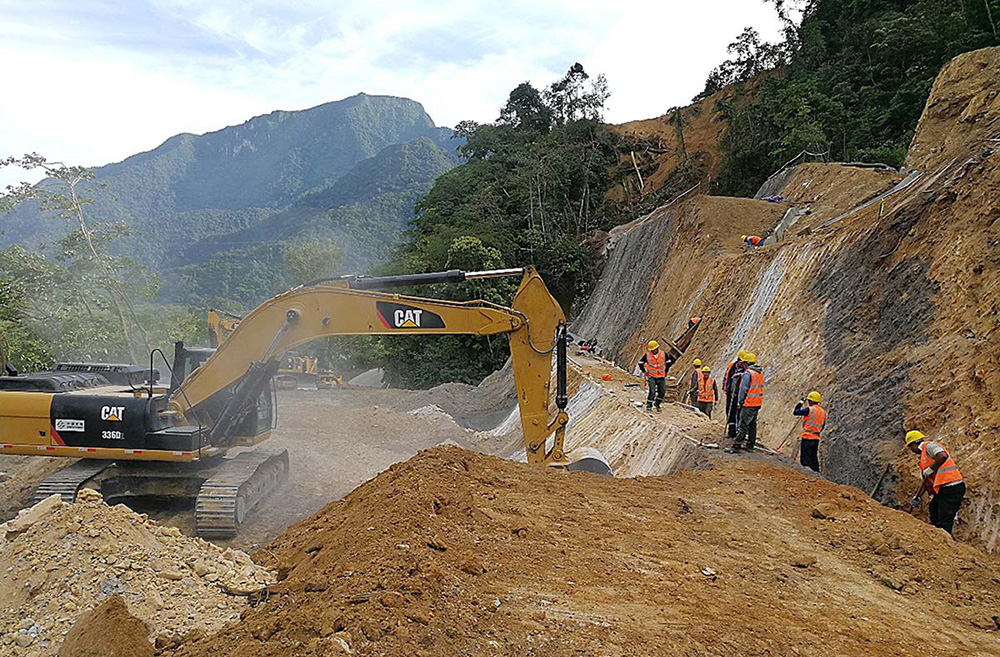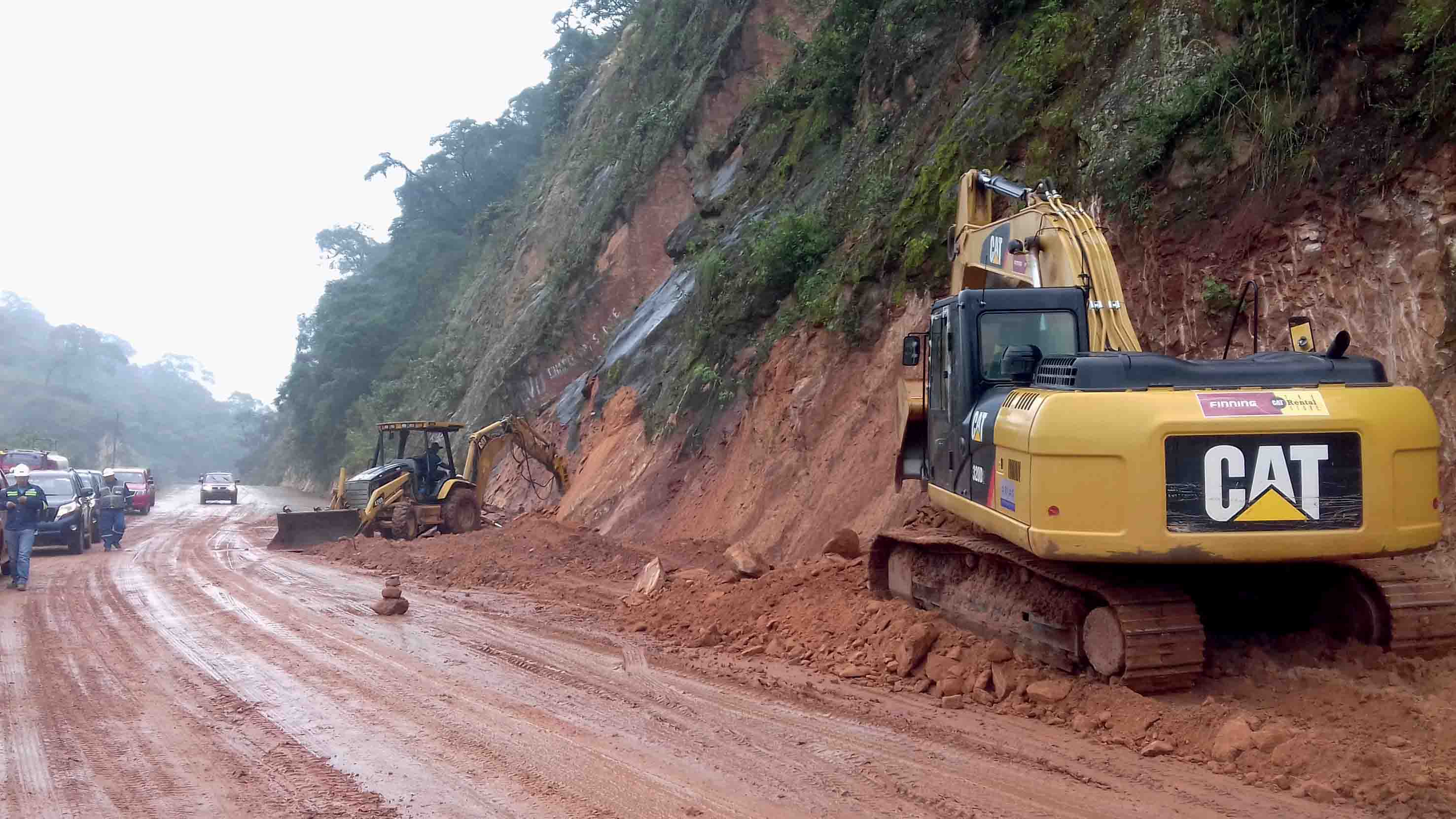
Since the 1970s, drivers of vehicles have been suffering regular delays due to landslides on the El Sillar highway in Bolivia, connecting Santa Cruz with Cochabamba. A section of the route suffers badly from geological instability and it has a difficult topography. A particular problem comes from the stretches with rocky slopes during the rainy season, as there are frequent rockfalls onto the road, which pose a hazard to drivers and block the highway.
The section of El Sillar located between kilometres 100 and 128 of the Cochabamba - Santa Cruz route forms part of the East-West Bioceanic Corridor and crosses a number of towns belonging to Chapare Province in Cochabamba Department.
Widening the route will contribute to the area’s economy, providing a new transport corridor and boosting trade between Bolivia and its neighbouring countries, Brazil, Peru and Chile. This improved route will also boost connectivity for Bolivia, speeding transport between its eastern and western borders, becoming a main part of the interoceanic corridor.
Likewise, it will contribute to the national development, especially to the department of Cochabamba and eastern Bolivia, since it is its main export route and links with the rest of the departments.
The dual carriageway will provide better traffic flow at all times of the year, as well as reducing wear and tear on vehicles. It will also help develop the local agricultural sector, producing bananas, citrus fruits, avocado, corn and ginger.
The Bolivian road authority, Administrator Bolivia de Carreteras (ABC), called for the El Sillar dual carriageway to be built to a higher standard than the existing route to improve traffic flow and reduce danger and disruptions from rockfalls.
The project to upgrade the El Sillar route to a dual carriageway includes building 28 bridges, two tunnels and a number of retaining walls with a total length of 6km. These will be used to pass through the stretches suffering from landslides and rockfalls on a 30km stretch with the worst geological instability.
The contract to build the El Sillar was awarded to the Chinese contractor Sinohydro Corporation for US$426 million. Work began in mid-June 2018 and it is expected that the project will be delivered in March 2021. One of the conditions of the package is that the contractor is responsible for all of the work and there are no subcontracts involved in the project.
From a financial point of view, 85% of the necessary funding requirement was provided by Eximbank of China. Meanwhile, the remaining 15% has been provided on a counterpart basis by Bolivia’s government.
In all, the 28 bridges total 6km in length. The bridges include nine large structures, the San Jacinto, Mayu Crystal, Limatambo, Anchu Mayu, Antahuacana, Thuyu Mayu, Chuamayu and the Holy Spirit I and II bridges. These nine bridges require the installation of more than 190 piles, in difficult conditions due to the rain.
The earthmoving work will be carried out in different phases that will last until 2021, and a total of 6 million m3 of earth will be moved.The first phase of the earthmoving work also includes the construction of five major structures to support the roadway.
Another key element for this project has been the boring of the two tunnel stretches. One of the tunnels is 1,025m in length while the other is 765m long. The contractor, Sinohydro, started by building the portals, then bored through from the ends.
These two underground routes will help boost safety for traffic travelling through the El Sillar area, particularly in the rainy season when the risk of rockfalls and landslides is at its highest.
According to the new design developed by the Sinohydro engineers, the dual carriageway is being built with four 7m-wide lanes. This allows for two lanes of traffic in both directions. The design also features a 2m external berm and a central dividing strip 1m-wide. The dual carriageway is being built with both asphalt and concrete surfaces in different stretches, to best suit the conditions.
The contractor, Sinohydro, commenced the project by carrying out clearing of vegetation, cutting the slopes and building necessary drainage.









